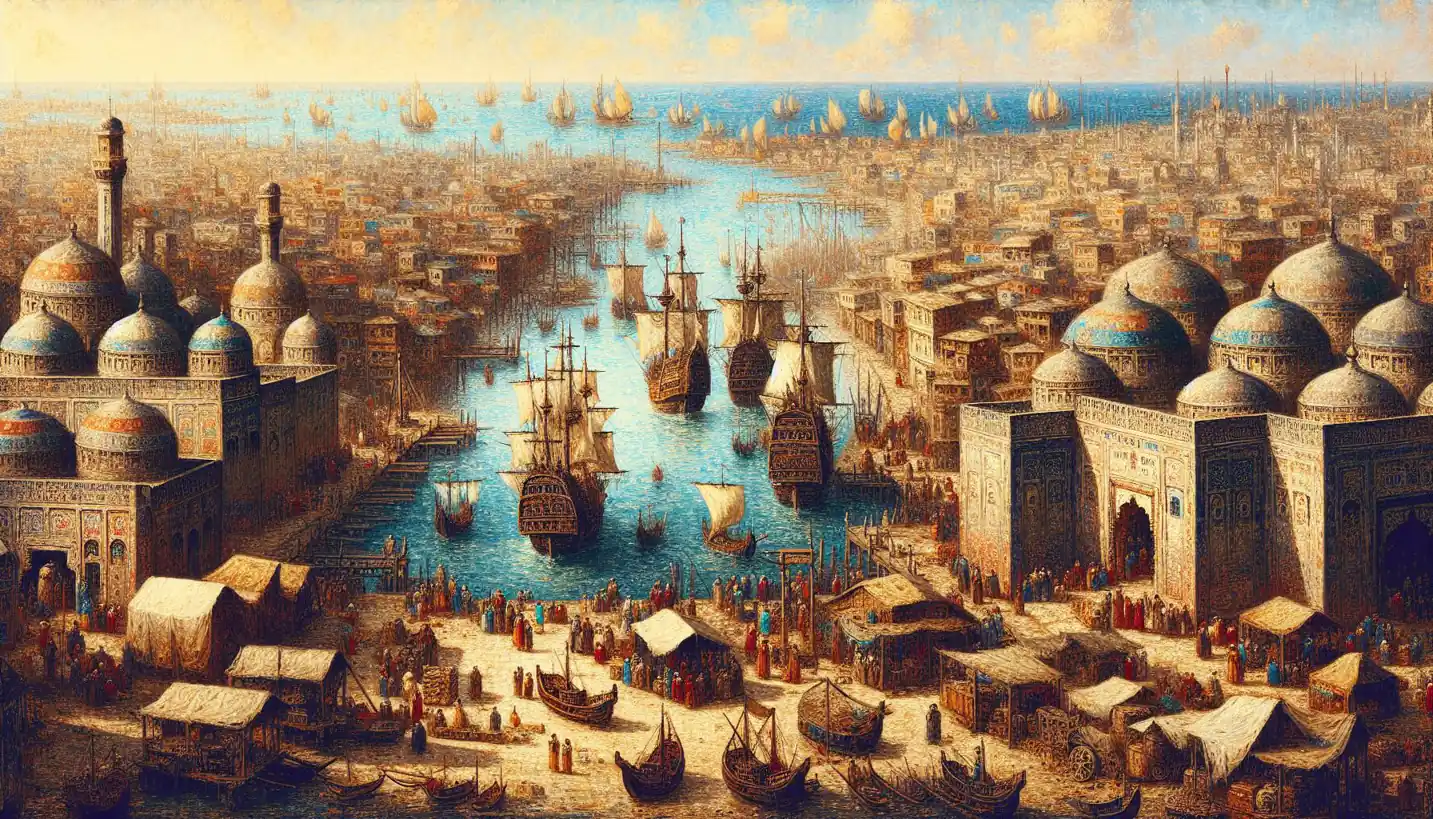· History · 4 min read
Trench Warfare: A Key Strategy in Military History
Trench warfare was a defining strategy in military history, notably during World War I. Explore its complex challenges and lasting influence on battle tactics.

When we think about warfare, one of the most iconic images that comes to mind is that of soldiers hunkered down in muddy trenches. Trench warfare, a brutal yet fascinating form of combat, is a defining feature of military history. It tells a story of human endurance, strategic evolution, and the stark realities of World War I.
Origins of Trench Warfare
Trench warfare wasn’t born in a single moment; it was an adaptation over centuries. Early forms can be traced back to ancient times when defensive trenches were used. However, the trench systems we often think of today emerged prominently during World War I. As military technology advanced, traditional formations became devastatingly deadly, forcing armies to dig in and protect themselves.
The Mechanics of Trench Warfare
Picture this: vast lines of trenches stretching across the landscape like scars on the earth. Soldiers lived, fought, and died in these cramped quarters. Trenches were more than just holes—they were complex networks designed for defense. Frontline trenches faced the enemy, while support and reserve trenches provided back-up and supplies.
Life in the trenches was grueling. Soldiers dealt with mud, cold, rats, and the constant threat of enemy fire. It was a world of waiting—waiting for the next order, the next attack, or simply the next meal.
The Psychological Battle
Beyond physical hardships, the psychological strain was immense. Imagine living in a constant state of anxiety, never knowing if each day would be your last. This environment led to conditions like “shell shock,” known today as PTSD. The mental toll on soldiers was as destructive as any bullet or bomb.
Why Trenches?
So, why trenches? In a way, trenches were a necessity. Advances in weaponry—like machine guns and artillery—made open battlefield combat almost impossible. The deadly efficiency of these weapons meant soldiers needed protection. Trenches offered a solution, albeit a temporary one.
This tactic resulted in a deadly stalemate, with neither side able to gain significant ground for long periods. Battles like the Somme and Verdun turned into wars of attrition, with each side hoping to outlast the other.
Innovations Amid Stagnation
Even within the confines of trench warfare, innovation never stopped. New tactics included the use of poison gas, tanks, and improved artillery techniques. These developments aimed to break the deadlock and gain an advantage. While innovations like tanks eventually contributed to the end of trench warfare’s dominance, they came at a huge human cost.
The Human Cost
Trench warfare is a stark reminder of the horrors of war. It’s estimated that millions of soldiers lost their lives or were injured in these brutal battles. The landscape of Europe was forever changed, with vast areas of land scarred by the relentless conflict.
The Legacy of Trench Warfare
Trench warfare left a lasting legacy. It reshaped military strategies and highlighted the need for more mobile and flexible forms of combat. The lessons learned led to advancements in tactics and technology that continue to influence military operations today.
For instance, World War II saw more mechanized warfare, moving beyond the static nature of trenches. The impact on military thinking and training was profound, reflecting the necessity to adapt to an ever-changing battlefield landscape.
Cultural Reflections
The cultural impact of trench warfare cannot be overstated. It has featured in countless books, movies, and art pieces, each exploring the complex emotions and harrowing experiences of those who fought. Works like Erich Maria Remarque’s “All Quiet on the Western Front” brought the grim realities into public consciousness, ensuring that the stories of the trenches would not be forgotten.
Could Trench Warfare Happen Again?
This raises an intriguing question: could trench warfare make a return in modern conflicts? While unlikely on the same scale due to technological advancements, elements of trench warfare—like entrenched positions—still appear in current conflicts. The principles of using terrain for defense remain relevant, even as warfare evolves with cyber technology and unmanned systems.
Conclusion
Trench warfare is much more than a chapter in history books. It reflects the adaptability of human beings in the face of overwhelming odds. It’s a testament to both the horrors and the ingenuity of war, impacting how military strategies have developed to the present day.
The story of trench warfare is a tale of complexity, resilience, and change. It continues to capture the imagination and remind us of the profound costs of war and the unyielding spirit of those who lived through its darkest days.



